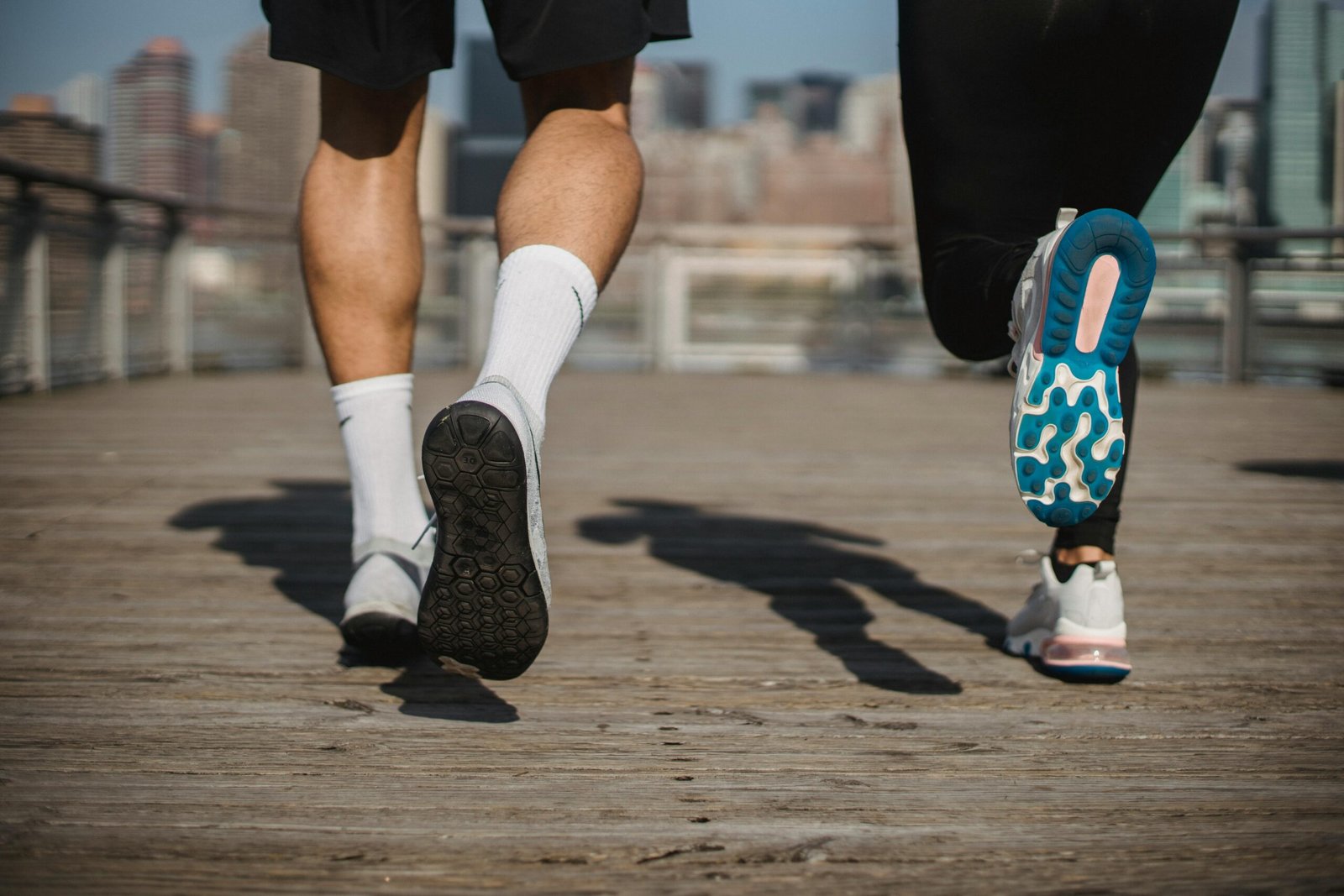Are you ready to lace up and hit the ground running with the Running Shoe Guide for Beginners 2024? As a beginner, choosing the right pair of running shoes is essential for a comfortable and rewarding experience on the roads or trails. In this comprehensive guide, we’ll walk you through everything you need to know about selecting running shoes tailored specifically for beginners in 2024. From understanding different shoe types to evaluating factors like fit, support, and price range, we’ll help you navigate the world of running shoes with confidence. Let’s dive in and find your perfect pair together.
Table of Contents
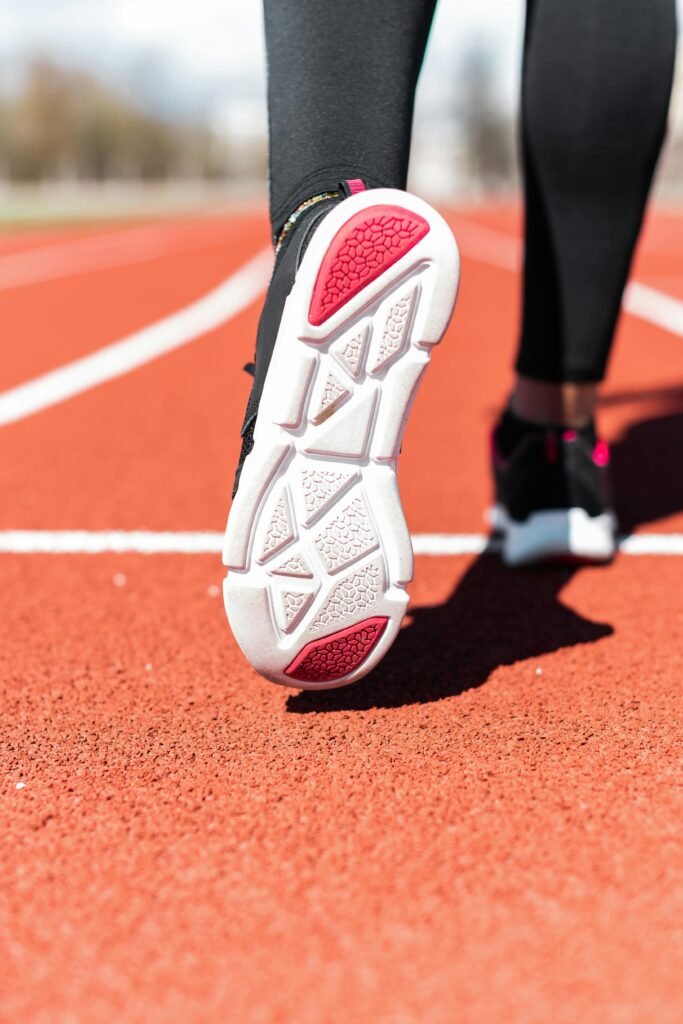
Shoe Types for Beginners
When starting your journey into running, one of the most crucial decisions you’ll make is selecting the right pair of shoes. Running shoes come in various types, each designed to cater to different needs and preferences. In this guide, we’ll walk you through the primary shoe types for beginners in 2024 to help you make an informed choice.
1. Neutral Running Shoes
Neutral running shoes are designed for runners with a normal arch and a neutral gait. They offer a good balance of cushioning and flexibility, making them suitable for beginners who are just getting started. These shoes provide adequate shock absorption and support without interfering with the natural movement of the foot.
2. Stability Running Shoes
Stability running shoes are ideal for beginners who exhibit mild to moderate over pronation, where the foot rolls inward excessively during the running gait. These shoes typically feature a denser foam or a medial post on the inner side of the mid sole to provide additional support and help correct pronation issues.
3. Motion Control Running Shoes
Motion control shoes are recommended for beginners with severe over pronation or flat feet. They offer maximum support and stability to control excessive inward rolling of the foot. Motion control shoes often have firmer materials and a structured design to limit pronation and prevent potential injuries.
4. Minimalist Running Shoes
Minimalist running shoes, also known as barefoot shoes, are designed to mimic the sensation of running barefoot while still providing some protection from the ground. These shoes have a lightweight and flexible construction, encouraging a more natural running form. They are best suited for beginners who prefer a minimalist approach and have already developed strong foot muscles.
5. Trail Running Shoes
Trail running shoes are specifically engineered to handle rugged terrain and provide superior traction and stability on uneven surfaces. They feature a more aggressive out sole pattern with deeper lugs for enhanced grip, as well as a durable upper to protect the foot from rocks and debris. Beginners looking to explore off-road trails should opt for trail running shoes to ensure safety and performance.
Choosing the right type of running shoes is essential for beginners to enjoy a comfortable and injury-free running experience. By understanding the characteristics of each shoe type, you can make an informed decision based on your individual needs and running goals.
Fit and Comfort
Achieving the perfect fit and ensuring maximum comfort are paramount when selecting running shoes, especially for beginners. The right fit can prevent discomfort, blisters, and even injuries, allowing you to fully enjoy your running experience. In this section, we’ll delve into the importance of fit and comfort in running shoes for beginners in 2024.
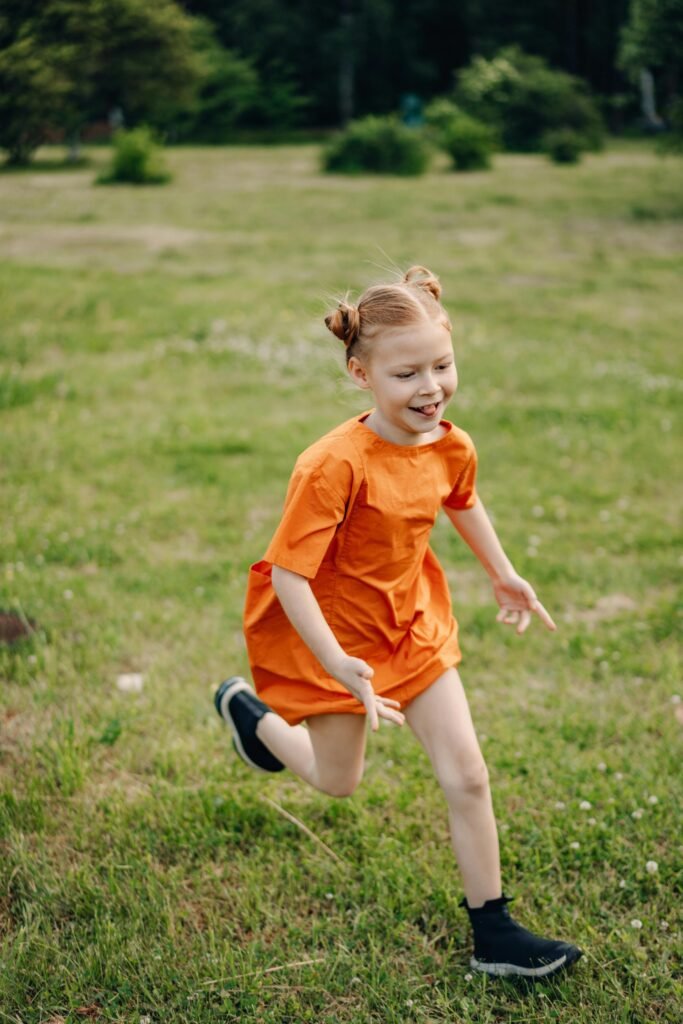
01. Importance of Fit
The fit of your running shoes can significantly impact your performance and overall running experience. A properly fitting shoe should feel snug but not too tight, with enough room in the toe box to wiggle your toes comfortably. When trying on shoes, pay attention to how they feel around the heel, arch, and forefoot areas.
02. Cushioning Technology
Comfort is closely linked to the cushioning technology used in running shoes. Modern running shoes feature various cushioning materials, such as foam, gel, or air pockets, designed to absorb impact and provide a plush feel underfoot. Beginners should look for shoes with adequate cushioning to minimize the risk of discomfort and fatigue during long runs.
03. Breathable Materials
Another factor contributing to comfort is the breath ability of the shoe’s upper material. Breathable mesh or knit fabrics allow air to circulate around the foot, preventing overheating and moisture buildup. This feature is particularly important for runners who sweat heavily or plan to run in hot and humid conditions.
04. Finding the Right Size
When determining the correct shoe size, consider factors such as foot length, width, and arch height. It’s recommended to measure your feet using a Bannock device or a ruler at home to ensure accuracy. Keep in mind that shoe sizes can vary between brands, so always try on shoes before making a purchase.
05. Trying Before Buying
Before committing to a pair of running shoes, it’s essential to try them on and walk or jog around the store to assess comfort and fit. Pay attention to any areas of rubbing or pressure points, as these may indicate potential issues during longer runs. Many specialty running stores offer gait analysis services to help determine the best shoe for your running style and foot mechanics.
Support and Stability
Support and stability are essential considerations when choosing running shoes, especially for beginners. The right support can help prevent injuries and promote proper foot alignment during runs. In this section, we’ll explore the importance of support and stability in running shoes for beginners in 2024.
Arch Support
One of the key elements of support in running shoes is arch support. The arch of the foot acts as a natural shock absorber, and proper support can help distribute weight evenly and reduce strain on the arches. Beginners should look for shoes that provide adequate arch support tailored to their foot shape and arch height.
Heel Counter
The heel counter, or the rigid structure at the back of the shoe that cups the heel, plays a crucial role in providing stability and preventing excessive movement. A firm and well-structured heel counter can help lock the heel in place, reducing the risk of heel slippage and instability during runs.
Mid sole Support
The mid sole of a running shoe is where most of the support and cushioning is located. For beginners, it’s essential to choose shoes with adequate mid sole support to promote proper foot alignment and reduce the risk of over pronation or supination. Many running shoes feature technologies like medial posts or dual-density foam to provide targeted support where needed.
Pronation Control
Pronation, the natural inward rolling motion of the foot during the running gait, can be excessive in some individuals, leading to instability and potential injuries. Running shoes with pronation control features, such as a medial post or firmer mid sole material on the inner side, help correct over pronation and promote a more neutral foot position.
Customizable Support
Some running shoes offer customizable support options, allowing runners to adjust the level of support based on their individual needs. This can be particularly beneficial for beginners who are still discovering their running style and foot mechanics. Features like removable insoles or adjustable straps enable runners to fine-tune the fit and support of their shoes.
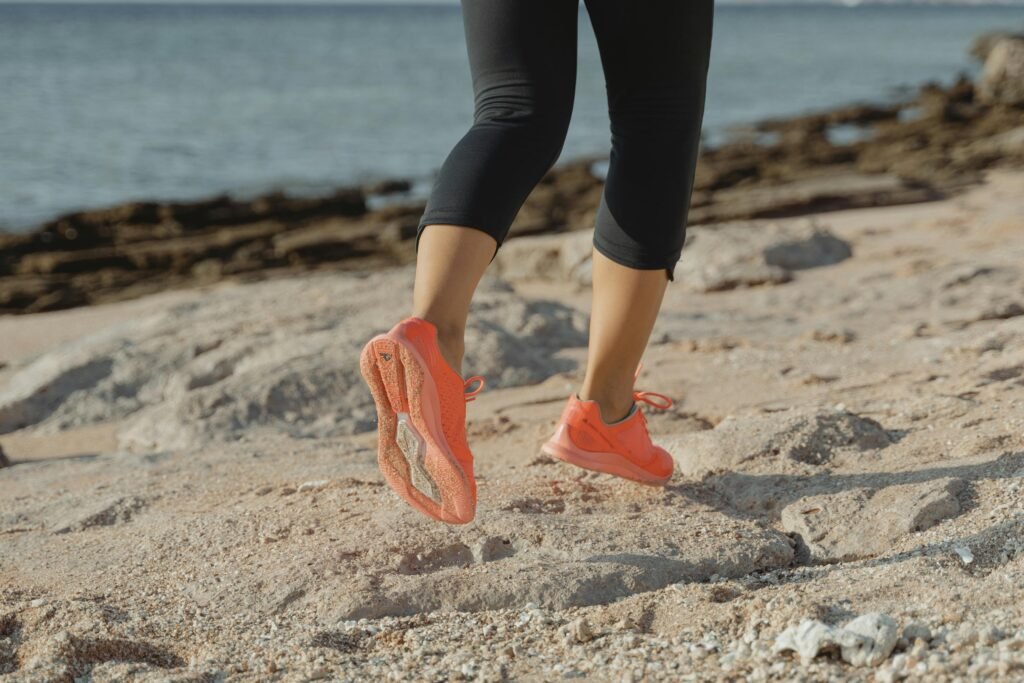
Durability and Construction
Durability and construction are crucial factors to consider when selecting running shoes, especially for beginners. The quality of materials and construction can impact the longevity and performance of the shoes. In this section, we’ll delve into the importance of durability and construction in running shoes for beginners in 2024.
Outsole Material
The out sole, or the bottom part of the shoe that comes into contact with the ground, plays a significant role in the durability and traction of running shoes. Durable rubber compounds are often used in the construction of out soles to withstand the wear and tear of regular use. Additionally, the tread pattern and lug depth influence the grip and traction of the shoes on various surfaces.
Upper Material
The upper part of the shoe, which covers the foot and provides support and protection, is typically made from a combination of materials such as mesh, synthetic leather, or knit fabrics. These materials vary in durability and breath ability. Mesh uppers offer excellent breath ability, while synthetic overlays enhance durability and support. Knit fabrics provide a comfortable and flexible fit.
Stitching and Reinforcements
The stitching and reinforcements in the construction of running shoes contribute to their overall durability and structural integrity. Reinforced stitching along high-stress areas, such as the toe box and heel counter, helps prevent premature wear and tear. Overlays and welded seams provide additional support and durability without adding extra weight to the shoes.
Impact of Running Surface
The durability requirements of running shoes may vary depending on the surface you primarily run on. For example, road running shoes may require a more durable outsole to withstand the abrasion from concrete and asphalt surfaces. In contrast, trail running shoes may feature a more rugged construction with additional protection against rocks and debris.
Longevity Considerations
While durability is essential, it’s also essential to consider the overall lifespan of running shoes. Factors such as mileage, frequency of use, and running biomechanics can affect the longevity of shoes. Beginners should aim to replace their running shoes every 300-500 miles or when signs of excessive wear, such as worn-out treads or diminished cushioning, become apparent.
Weight and Flexibility: Key Considerations for Choosing Running Shoes
Weight and flexibility are two critical factors that can greatly influence your running experience. In this section, we’ll delve into why these aspects matter when selecting running shoes, particularly for beginners.
Importance of Weight
The weight of your running shoes directly impacts your performance and comfort while running. Lighter shoes typically allow for quicker and more efficient movements, reducing fatigue and strain on your legs. As a beginner, opting for lightweight running shoes can help you maintain a steady pace and improve your overall running efficiency.
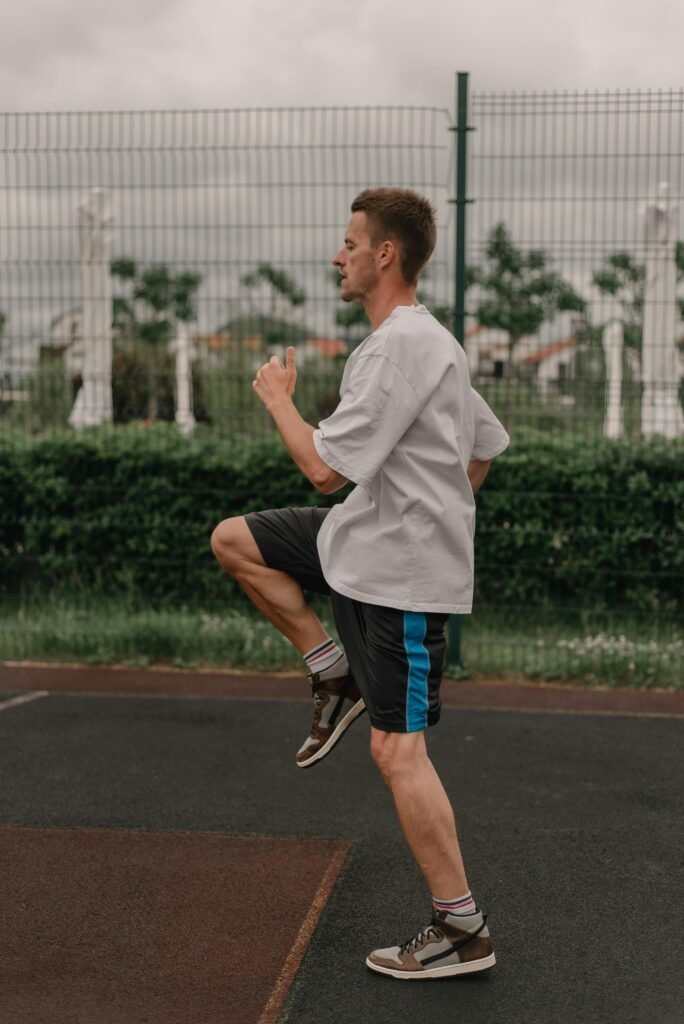
Benefits of Flexibility
Flexibility in running shoes refers to how easily the shoe bends and moves with your foot. A flexible shoe allows for a more natural range of motion, promoting a smoother and more comfortable stride. Beginners, in particular, may benefit from shoes with moderate flexibility as they adapt to the demands of running and develop proper foot mechanics.
Impact on Performance
Choosing running shoes that are both lightweight and flexible can have a significant impact on your performance. Lighter shoes help reduce the energy expenditure required to lift your feet, allowing you to maintain a faster pace and cover more distance with less effort. Additionally, flexible shoes encourage a more natural foot motion, which can help reduce the risk of injuries and improve overall comfort during runs.
Finding the Right Balance
When selecting running shoes, it’s essential to find the right balance between weight and flexibility. While lighter shoes may offer enhanced speed and agility, they should still provide adequate cushioning and support to protect your feet from impact-related injuries. Similarly, while flexibility is important for a natural stride, the shoe should still offer enough structure to maintain stability and prevent over pronation or supination.
Price Range and Value: Finding the Right Running Shoes for Your Budget
When it comes to purchasing running shoes, finding the right balance between price and value is essential. In this section, we’ll explore the different price ranges of running shoes and how to maximize the value of your investment.
Budget-Friendly Options
For beginners on a tight budget, there are plenty of affordable running shoe options available. These shoes typically offer basic features such as adequate cushioning and support without the bells and whistles of higher-priced models. While budget-friendly shoes may not have the latest technology or premium materials, they can still provide reliable performance for casual runners or those just starting out.
Mid-Range Options
Mid-range running shoes offer a step up in terms of quality and performance compared to budget-friendly options. These shoes often incorporate advanced cushioning technologies, durable materials, and enhanced support features. While they may come with a slightly higher price tag, mid-range shoes provide better long-term durability and overall comfort, making them a worthwhile investment for serious runners.
Premium Options
At the higher end of the price spectrum are premium running shoes that boast top-of-the-line technology, innovative designs, and superior craftsmanship. These shoes are often favored by elite athletes and dedicated runners who prioritize performance and are willing to invest in the best gear available. While premium shoes come with a premium price tag, they offer unmatched comfort, durability, and performance-enhancing features that can take your running to the next level.
Evaluating Value
When considering the price of running shoes, it’s important to evaluate the value they offer in terms of performance, durability, and overall satisfaction. While budget-friendly options may be more affordable upfront, they may lack the durability and long-term comfort of higher-priced models. Conversely, premium shoes may offer advanced features and superior performance, but they may not be necessary for beginners or casual runners.
Conclusion
Selecting the perfect pair of running shoes is a crucial step for beginners embarking on their running journey. Throughout this guide, we’ve explored various factors to consider when choosing running shoes, from fit and comfort to support and durability. By understanding the importance of each aspect and how it can impact your running experience, you can make an informed decision that aligns with your individual needs and preferences.
Remember, the right pair of running shoes should not only provide comfort and support but also enhance your performance and minimize the risk of injuries. Whether you opt for lightweight and flexible shoes for agility or stability-focused shoes for added support, prioritize finding a balance that suits your running style and goals.
Additionally, consider factors such as price range and value to ensure that you’re getting the most out of your investment. While budget-friendly options may be suitable for casual runners, mid-range and premium shoes offer enhanced features and durability that can benefit serious athletes and dedicated runners.
Ultimately, the best running shoes for you are the ones that feel comfortable, supportive, and allow you to run with confidence. Take the time to try on different models, seek expert advice if needed, and listen to your body’s feedback to find your perfect fit.
With the right pair of running shoes by your side, you’re ready to hit the pavement and embark on an exciting journey towards achieving your running goals. Lace up, step out, and enjoy the incredible experience of running with shoes that support you every step of the way.

